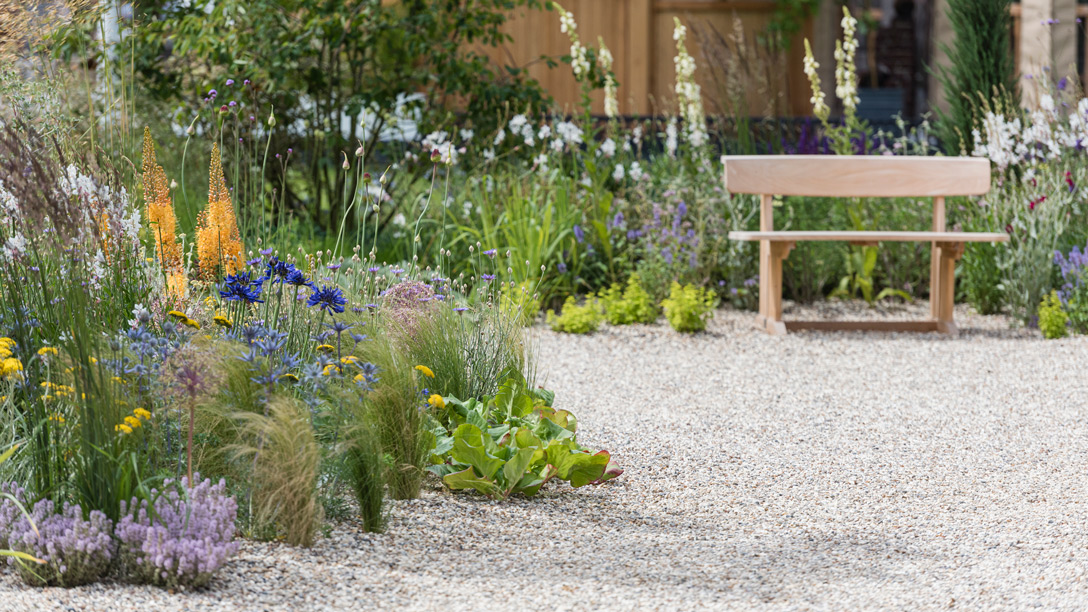Creating a thriving garden can be a rewarding and enjoyable experience, but it requires careful planning, nurturing, and a little green-thumb magic. Whether you’re a beginner or a seasoned gardener, these six DIY gardening tips will help you cultivate a flourishing garden that bursts with beauty and abundance.
Choose the Right Location
The key to a thriving garden starts with selecting the right location. Most plants require at least 6 to 8 hours of sunlight each day, so choose a spot that receives ample sunlight. Additionally, consider the proximity to water sources, as regular watering is essential for plant health. Observe the area for any potential microclimates, such as areas that are sheltered from wind or receive more sunlight, as these can impact the growth of specific plants.

Prepare the Soil
Healthy soil is the foundation of a successful garden. Before planting, ensure that the soil is well-draining, nutrient-rich, and free from weeds. You can improve the soil’s fertility by adding organic matter such as compost or well-rotted manure. Regularly testing the soil’s pH levels and adjusting them if necessary will further support plant growth and productivity.
Plan Your Plant Selection
A well-thought-out planting plan is crucial for a thriving garden. Consider the climate and the types of plants that thrive in your region. Group plants with similar water and sunlight requirements together for easier maintenance. Companion planting can also be beneficial; some plants help deter pests or enhance the growth of their neighbors. Researching each plant’s specific needs will help you create a harmonious and productive garden.

Water Wisely
Proper watering is essential for plant health, but it’s crucial to strike the right balance. Overwatering can lead to root rot, while underwatering can stunt plant growth. Install a drip irrigation system or use a watering can to deliver water directly to the plant’s root zone. Mulching around plants can help retain moisture and prevent weeds from competing for water and nutrients.
Implement Natural Pest Control
Maintaining a thriving garden involves managing pests effectively without resorting to harmful chemicals. Embrace natural pest control methods, such as introducing beneficial insects like ladybugs or using neem oil spray for pest prevention. Regularly inspect your plants for signs of pests or diseases so you can take action early and protect your garden.

Regular Maintenance and Care
To keep your garden thriving, consistent maintenance is essential. Regularly prune and deadhead plants to encourage new growth and prolong flowering periods. Remove weeds promptly to prevent them from stealing nutrients and water from your plants. Additionally, keep an eye out for any signs of nutrient deficiencies and address them with organic fertilizers.
Creating a thriving garden is a delightful journey that requires dedication, knowledge, and a love for plants. By choosing the right location, preparing the soil, planning your plant selection, watering wisely, implementing natural pest control, and providing regular maintenance, you’ll be well on your way to cultivating a garden that blooms with beauty and vitality. Whether you have a small balcony garden or a vast backyard oasis, these DIY gardening tips will help you nurture your green sanctuary and reap the rewards of a flourishing garden. Happy gardening!












